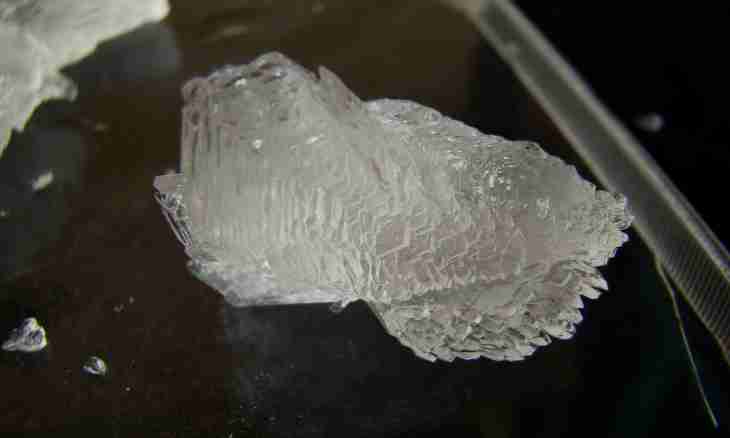The carbonate of sodium represents colourless crystals, in life is the usual calcinated soda which is used when washing linen, washing ware and the varnished surfaces. In the nature it meets in open brines, most often soil, in lake deposits and minerals. Get it as well from natural deposits, but to get it – only half-affairs.
Instruction
1. The sodium carbonate, of course, is not at once in that a look in which we got used to see it in packings. At first it is exposed to careful cleaning, it is banished through special solutions which have to save a carbonate from various slags and impurity.
2. The first way is called ammoniac and chloride. It can be carried out also in house conditions provided that you have a special room and reactants. This way is that the natural and artificially received brine of chloride of sodium is cleaned from impurity by means of solutions of ammonia and chlorine.
3. In process calcium and magnesium are filtered, and there is a sodium. In industrial conditions it goes through a stage of saturation of NH3 and carbonization in special bubbling cameras. But in house conditions to repeat this procedure it is difficult, due to the lack of the special equipment.
4. Calcinating. The carbonate of sodium is received at process of calcinating of other chemical compound of NaHCO3. It is alkali. It is necessary to heat it either on fire, or in the special camera where there are branches for allocated in the course of substances.
5. Application of a carbonate of sodium is very widespread in production: it and the component in production of glass, and detergents, is also used a carbonate and at cellulose production, when cleaning oil and oil products.
6. Electrolysis. In science it is called electrolysis process. But besides, it is the technical way demanding existence of the special camera in which water vapor and carbon dioxide interact with caustic sodium which is oxidized and turns into a carbonate.
7. Lye. It is a minor way of receiving a carbonate of sodium from products under the name "lye" (for example, NaOH) which are formed in the course of leaching of wood ashes. The sodium carbonate in turn is one of the main components of some plants. For this reason wood ashes contain about 70% of a carbonate of sodium.

